
Memory “illusions” may result from the basic human need to make sense out of events. A series of experiments has provided the first scientific evidence that when people see effects (a student toppling onto the floor) without also seeing its cause (a student leaning back in a chair), they automatically “fill in the blank” with that probable cause — even if they haven’t actually seen it with their own two eyes. The result: a memory that seems real, but isn’t. The inference may be correct, but it’s not based on actual perception, suggesting that memory helps us to make sense of the world, perhaps at the expense of a complete reliability. The findings are detailed in the July issue of the Journal of Experimental Psychology: Learning, Memory, and Cognition, published by the American Psychological Association.
So, subjects filled in the gaps of missing scenes by saying they saw pictures they never actually saw — pictures that might have been expected to have been there in the first place. They inferred correctly, but their underlying memories were illusions. Thus, normal memory can be “tricked” in the way that optical illusions “trick” (or manipulate) normal visual perception. This finding confirms causal-inference error as a new category of inference-based memory error. “It is surprising that just a few minutes after seeing the effect scene, people would reliably claim to have seen the cause scene,” Reinitz comments. “After all, we tend to believe that we can accurately remember what we saw just a few minutes ago.”
Because memory for pictures tends to be very accurate and robust, the experiments used pictorial stimuli, not the more typically studied text stimuli, as a more rigorous test of the error. What’s more, “we put a lot of confidence in things that we have seen with our own eyes,” says Reinitz, “so applications to real-world situations are probably more varied and interesting than would be the case if we used text.”
Hannigan and Reinitz also found that errors increased with longer retention intervals. This finding has special importance for the courtroom, where cases go to trial many months after events occur — making eyewitnesses even more prone to inference-based errors than they already are. Causal inferences could also play an important role in relationships, in that people can misremember the causes of others’ behavior due to inference-based memory errors.
The researchers emphasize that their findings illuminate normal memory processes that are generally useful and adaptive. “More often than not,” Reinitz reiterates, “causal inferences are likely to be correct.”
Hannigan and Reinitz also found that these causal-inference errors were common in a backward, not forward direction — that is, exposure to “effect” slides caused illusory memories of seeing “cause” slides, but exposure to “cause” slides did not cause illusory memories of seeing “effect” slides. In their article, the researchers discuss possible reasons why people didn’t “fill in the blanks” when effect was missing, and call for additional research into this potentially significant phenomenon. Reinitz speculates that it may be due to a stronger primal need to ask, “Why?” than to ask “What would happen if….?”
Finally, the experimental results suggest that the underlying memory mechanisms that give rise to causal-inference errors are fundamentally different from those that give rise to schema-based memory errors, further evidence that “memory” is actually a collection of different, independent processes.



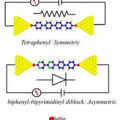


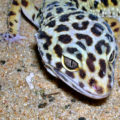

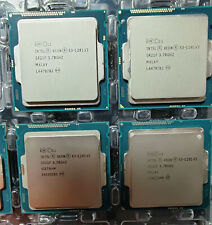
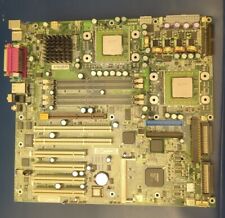
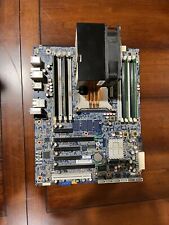

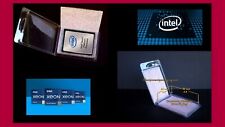
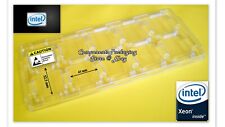

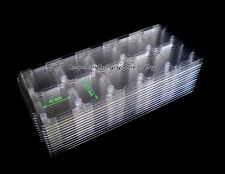
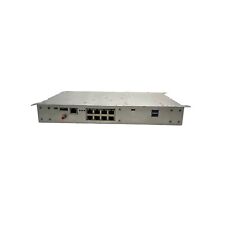
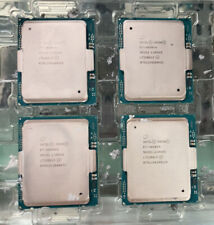
Comments are closed.